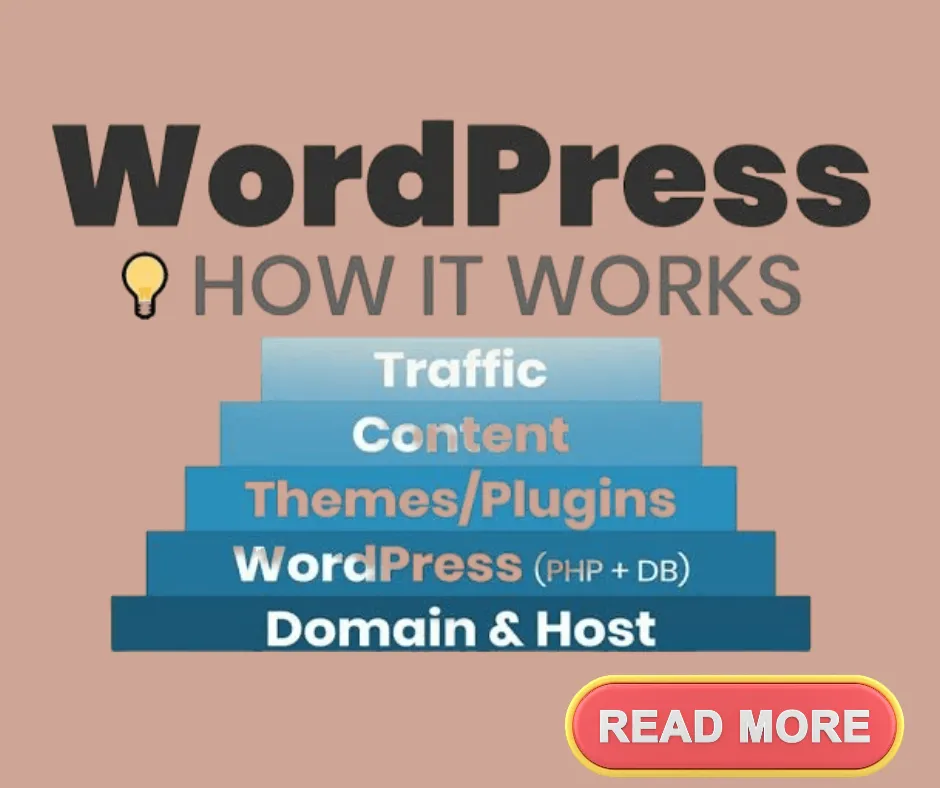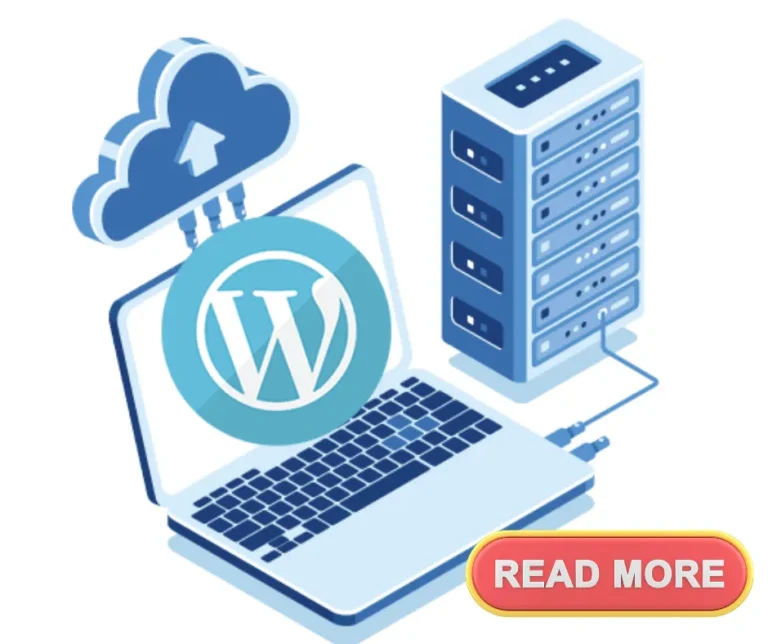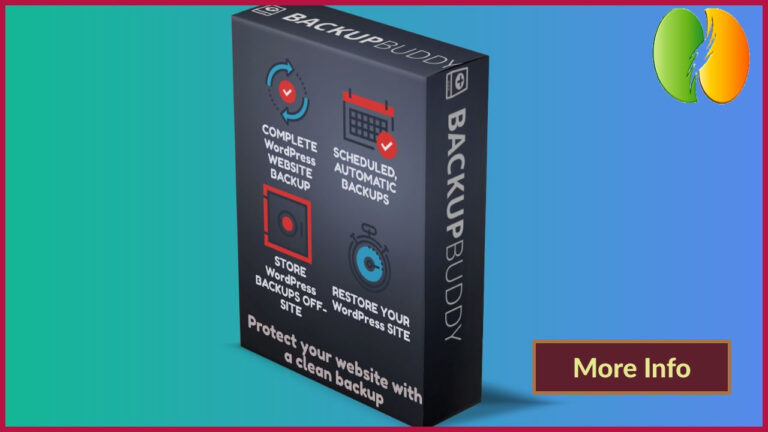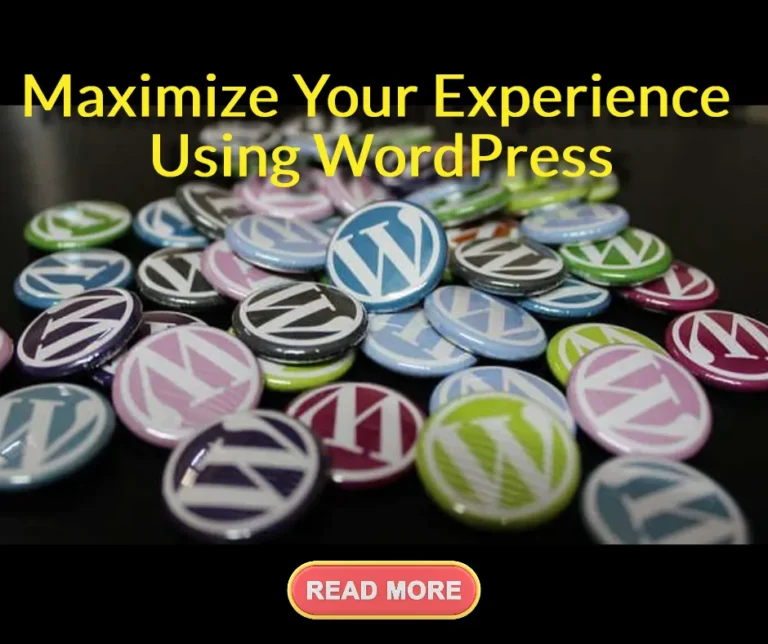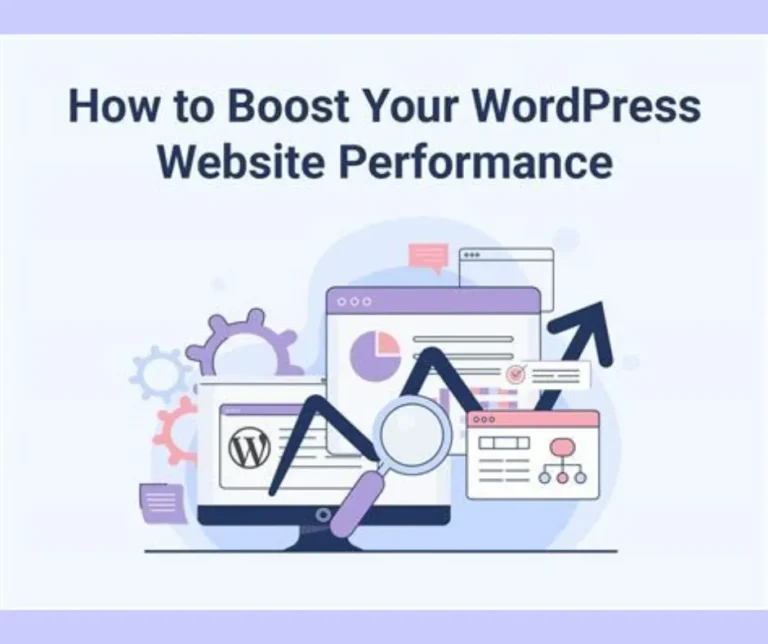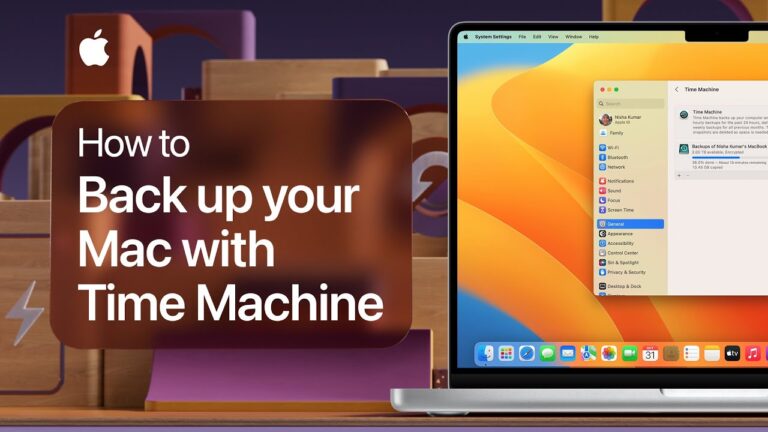Simple Tips To Help You Understand WordPress
This article will give you simple tips to Understand WordPress to get the most out of the platform to benefit your business and maximize profits
Is your current WordPress blog not getting much traffic?
Want more information to be sure you’re doing everything properly, though have you considered beginning one?
You need to be diligent and also know what you’re doing to run a good blog. The following tips will make it a lot easier to get started.
Understand WordPress file and directory structure
The first thing you want to do is understand how WordPress works. You’ll learn about the different files and directories that are used in WordPress.
WordPress has three main types of files: templates, stylesheets, and scripts. Templates are the actual pages on your site. Stylesheets are the formatting for those pages. Scripts are things like JavaScript or jQuery.
Each page uses at least one template and usually several stylesheets. You can add as many additional stylesheets as you’d like.
Templates are stored in the wp-content/themes folder. If you look inside this folder, you’ll see a number of folders. These are called themes.
Each theme contains its own set of templates. For example, if you install the Twenty Eleven theme, you’ll find all of the templates for that theme in the twenty eleven subfolder.
If you open up the twenty eleven folder, you’ll see two subfolders: style.css and functions.php. Style.css is where you’ll find the CSS (Cascading Style Sheets) code for the theme. Functions.php is where you’ll find PHP code that’s specific to the theme.
If you look inside the functions.php file, you’ll see some lines of code that start with “wp_”. Those lines are WordPress-specific. They tell WordPress what type of content should go into which part of the website.
For instance, the line “if(is_singular()) { }” tells WordPress that when someone visits the home page, they should only see one post per page.
This means that if there are multiple posts on the home page, they won’t show up.
Understanding WordPress database structure
Once you’ve got an understanding of how WordPress works, you’ll need to understand how the data is organized.
There are four tables in the WordPress database. Each table stores a piece of information about the site .
Posts – Stores the text of each individual post.
Pages – Stores the URL of each individual page.
Comments – Stores comments made by visitors to the site.
Users – Stores user details such as username and email address.
These tables are linked together using keys. A key is a unique identifier that links one row of data to another.
In other words, every time you create a new post, you’ll use a unique ID to link that post to the corresponding rows in the Posts, Pages, Comments, and Users tables.
When you delete a post, you’ll use the same unique ID to remove the corresponding row from the Posts table.
To keep track of these IDs, WordPress creates a special table called wp_posts. Every time you save a new post, WordPress will insert a record into the wp_posts table. This way, it knows exactly which records belong to which posts.
You can also use this table to retrieve information about any given post. For example, you could get the title of a particular post by looking up the ID of that post in the wp_posts database.
Understanding WordPress menu system
A menu is a list of items that appear on a web page. The most common kind of menu is a navigation bar. When you visit a website, you may notice that the top portion of the screen displays a navigation bar.
The navigation bar lists the different sections of the website. It might say Home, About Us, Contact Us, etc.
A menu is created using HTML tags. There are five main types of menus: horizontal, vertical, drop down, mega, and custom.
Horizontal menus are the most commonly used. These menus have a fixed width and display their contents horizontally. You can add more than one item to a horizontal menu.
Vertical menus are similar to horizontal menus, but instead of displaying the menu vertically, they display the menu horizontally.
Drop down menus are similar to horizontal or vertical menus, except that they open automatically when you hover over them.
Mega menus are like drop down menus, except that they’re much larger. Mega menus usually contain several pages worth of content.
Custom menus are very flexible. You can customize the appearance of your menu however you want.
Understanding WordPress themes
WordPress uses themes to control the layout of the website. A theme is a collection of files that tell WordPress what should be displayed on the website.
For example, a theme might include CSS stylesheets that define the look and feel of the website. It could also include JavaScript files that make sure certain features work properly.
WordPress comes with many pre-installed themes. However, you don’t have to use those themes. In fact, you can download free themes from the WordPress Theme Directory.
Many people prefer to write their own themes because they can design their websites exactly how they want. If you’re interested in learning how to build your own WordPress theme, check out our guide on building a WordPress theme.
Understanding WordPress plugins
Plugins are small programs that extend the functionality of WordPress. They’re often written by third parties who sell them for a fee.
Plugins are useful if you need extra functionality beyond what’s included in the core WordPress software. Some examples of plugins include Google Analytics, WooCommerce, and Yoast SEO.
If you decide to install a plugin, you’ll find it under the Plugins section of the WordPress dashboard. To learn more about installing plugins, read our guide on installing plugins.
Understanding WordPress users
When you create an account on WordPress.com, you become a member of the WordPress community. This means that other members of the community will see your posts and comments.
You can also interact with other members of the community through private messaging and groups.
To join the WordPress community, click the Join button at the bottom of the Dashboard.
Understanding WordPress security
Security is important when working with any computer program. When you visit a website, there’s always some risk involved.
However, WordPress has taken great steps to ensure that your data remains safe. For example, all of your passwords are stored securely so no one else can access them.
The WordPress team regularly updates its software to keep up with new threats. If you’d like to stay informed about these updates, you can sign up for the Word Fence Security Updates email list.
With WordPress you have lots of choices
Starting with themes so you can have a really good looking blog post. Take plenty of time to peruse all of your choices so that you can select just the right one to suit your style and your topic.
For a truly unique theme, select a premium theme to enhance user experience. This will really help your blog stand out from the crowd. You can also include a contact form to build a mailing list of prospects fully interested in your blog subject.
Check Your Work
When you are done with your site, check out how it looks from a visitors standpoint.
Did you get across everything that you wanted?
Go to your site from someone else’s computer to get their point of view and write down the changes that you will need to make to continually improve the aesthetics.
Allow all of the users that visit your site the ability to comment using Facebook. This is a very important tool that will get your name across to hundreds of thousands of people. If you want to install this feature on your site, the Simple Facebook Connect plugin can be used.
WordPress makes video blogging easy. This will require you to spend more time prepping, but this is worth it. Video blogs are perfect for Internet users who are visual. Videos can sometimes express more than written words, which can make them very powerful.
Download Akismet immediately with a fresh WordPress install. Akismet is a plugin for WordPress that basically blocks spam comments as they come in. If you don’t have it installed, you may be inundated with tons of spam. You’ll need to get a free key from the Akismet website to finalize the install.
Images make your blog look beautiful however, the images can also help your site rank higher among search engines. One of the easiest ways to do this is to add keywords to your title tag and alternate tags. Both of these tags should contain precise keywords in order to rank your site appropriately.
Make sure that your WordPress site loads as fast as possible for your visitors. This is vital, as a site that crashes or takes too long will discourage your users from visiting it. A fast site will put your users in a good mood when they come there on a daily basis.
Regularly check your site and content. All your plugins and everything else you work with needs to be current. This will help ensure that your visitors have a seamless experience on your site. If you have trouble remembering to do this, consider setting your phone to alert you once a month to perform this task.
Keep close track of visitors to your blog. This is the only way you will be able to improve it to please your reader more. Free WordPress bloggers can use Jetpack stats to do this. Both free and paid bloggers can use Google Analytics. Be sure to make good use of both services if you can because they offer slightly different advantages.
Having a theme for your WordPress site can make it much more professional. There are plenty of websites that allow you to download themes for free. However, it is very important that you download themes from a trusted source. Not doing so can result in you installing outdated or malicious codes.
Your WordPress is nothing without plugins, and lucky for you, there are plenty to choose from. However, it is very important that you use caution when installing plugins and keep in mind that they aren’t disposable. Most of the time they will still affect your content and leave short-codes behind, even though you can uninstall them.
WordPress Blogs
Make sure your sidebar is not too cluttered. The sidebars on most WordPress blogs are a chaotic mess, full of social media icons and links and ads. Prioritize what goes in your sidebar. Make sure visitors to your blog don’t have to search for anything they might be looking for.
When you are designing your WordPress site, it is a good idea to take out any display of the word “WordPress” in the footer area or in the header of your code. A lot of bad web bots troll the web for WordPress blogs and find security holes. You have another layer of defense against these bots if you remove the word “WordPress” from your site.
WordPress Website
If you are doing a WordPress blog for professional or search engine optimization purposes, don’t let WordPress actually host your blog. Put your blog on a different host and then just use the WordPress application there. Blogs at WordPress’ website are sometimes deleted for being too commercial or deemed spammy in content.
Improve the look and style of the footer on your WordPress website. This is very important as it is the first thing that your viewer is going to see. Include a short bio that includes all of your details or important links that pertain to what you want to get across.
This piece ought to have given you a good view of the way WordPress works. Apply these suggestions to your blog. You will get more traffic on your site. This also makes it easier for your visitors to use. Save this article in case you need to refer to it later. You’ll notice a huge difference after you apply these suggestions.



